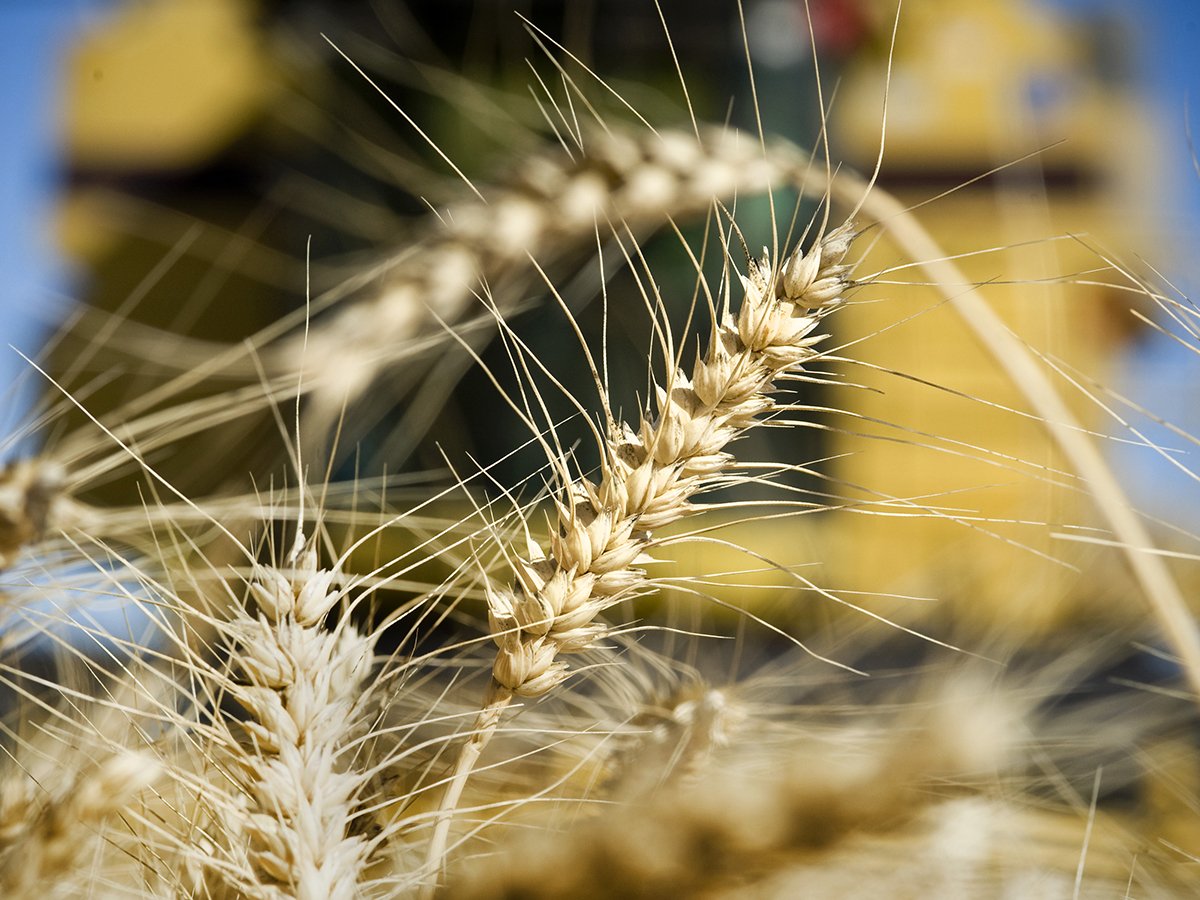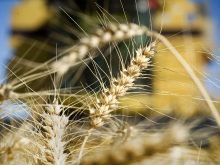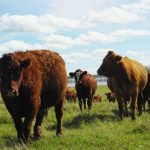BIG SKY, Mont. — A project to map the bison genome is a double-edged sword for producers.
It may reveal the level of cattle genetics present in the bison herd and give ammunition to American groups that want “pure bison” designated as a threatened species.
On the other edge, it may offer better information for herd animal selection and improved vaccines specific to bison.
Dr. Dave Hunter of Turner Enterprises and Dr. Steve Olsen of the U.S. Department of Agriculture gave an overview of the genome project to 250 members of the National Bison Association last month.
Read Also

European wheat production makes big recovery
EU crop prospects are vastly improved, which could mean fewer canola and durum imports from Canada.
Hunter acknowledged that some bison producers wonder why the genome should be mapped.
“My answer to you is, in five years we’re going to say, ‘gee I wish we would have known that sooner.’ We may have better vaccines, we may have better protection against brucellosis, we may have better understanding how to treat these animals, how to feed these animals, what goes on with the social structure of these animals.
“Yes, it’s going to do us all some good. I know you all have misgivings about how this info may be used, (but) I think we need to stay proactive.”
DNA from a Yellowstone National Park bison, considered a good representative of the species, will be used for the project. Next on the list for sequencing is DNA from a pre-1850 bison, before any crossing occurred with cattle. Third will be the Wood bison genome.
The issue of purity is a concern for bison producers, who collectively own and manage about 350,000 head. Bison have bred with cattle over time and there were also deliberate breeding programs that produced “cattalo” and “beefalo.”
Groups in the United States have petitioned the government to list “pure bison,” those without any cattle genes, as a threatened species.
However, in February the U.S. Fish and Wildlife Service decided not to consider the listing, citing insufficient data to justify further study.
Ten U.S. states now maintain conservation herds to protect the genetics. There are about 20,500 bison in those herds.
Hunter said appeals of the decision are probable, and the issue of protecting pure bison is likely to remain controversial.
As well, he said studies show that “pure” bison tend to be heavier on average and breed more efficiently, which have muddied the waters on the matter.
Nevertheless, mapping of the genome is proceeding and will cost $350,000, said Olsen, an expert in infectious diseases.
In contrast, it cost $500 million to map the human genome, $35 million for cattle and $30 million for corn. Better equipment has drastically reduced gene mapping costs.
Olsen acknowledged the purity controversy but said mapping could provide its own answer.
“From a scientific standpoint, with the way things are progressing, I would not be surprised in the near future if we can’t go back and basically recreate the genetics of bison that were lost before,” he said. “I think that’s a possibility.”
Olsen said bison producers now use genetic information derived from cattle to make bison selection. The specific bison genome information will allow better decisions.
“I think it’s going to turn out to be extremely valuable to you as you manage your herd for whatever traits or phenotypes that you’re looking for.”
















